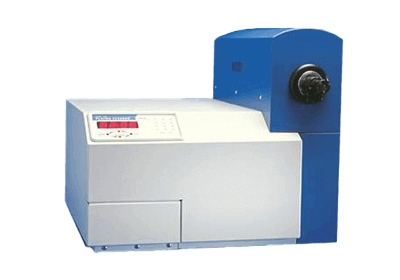What Is a Plasma Cleaner?

Plasma cleaners are devices that apply plasma to clean the surfaces of objects. In this process, plasma interacts with substances on the object’s surface, causing it to undergo a chemical transformation, effectively cleaning the surface.
Plasma cleaners find essential applications in various industries, with a prominent role in the semiconductor industry, where they are used to remove resist and resist residue from wafers. Additionally, plasma cleaners are employed in IC assembly processes to clean and enhance wire bonding.
Uses of Plasma Cleaners
As previously mentioned, the semiconductor industry relies heavily on plasma cleaners for the removal of organic matter, such as resist, from wafers. However, their utility extends to a wide range of other industries, including:
- IC Assembly: Enhancing the bonding strength of substrate electrodes and more.
- Material-Related: Pre-treatment of polymer material coatings, among others.
- Mechatronics-Related: Cleaning treatment of automotive parts and related components.
- FPD-Related: Improving the bonding strength of LCD panels, among other applications.
- Engineering-Related: Bonding of lenses and pre-treatment of coatings.
Principle of Plasma Cleaners
Plasma cleaners operate by applying plasma to an object’s surface. Plasma is a highly energized state of matter in which molecules break down into cations and electrons.
The choice of plasma material depends on the type of cleaning process and the substances to be removed. Common plasma materials include oxygen, argon, and chlorofluorocarbons.
For example, when removing organic matter from a surface, plasma cleaners utilize oxygen plasma, which is highly reactive. This reactive plasma transforms the organic matter on the material’s surface into water and carbon dioxide, effectively cleaning the object’s surface.
Similarly, if the goal is to remove copper suboxide from a copper surface, argon plasma can be used. The argon plasma causes a reaction with copper suboxide, converting it into copper peroxide, which can then be cleaned from the surface.